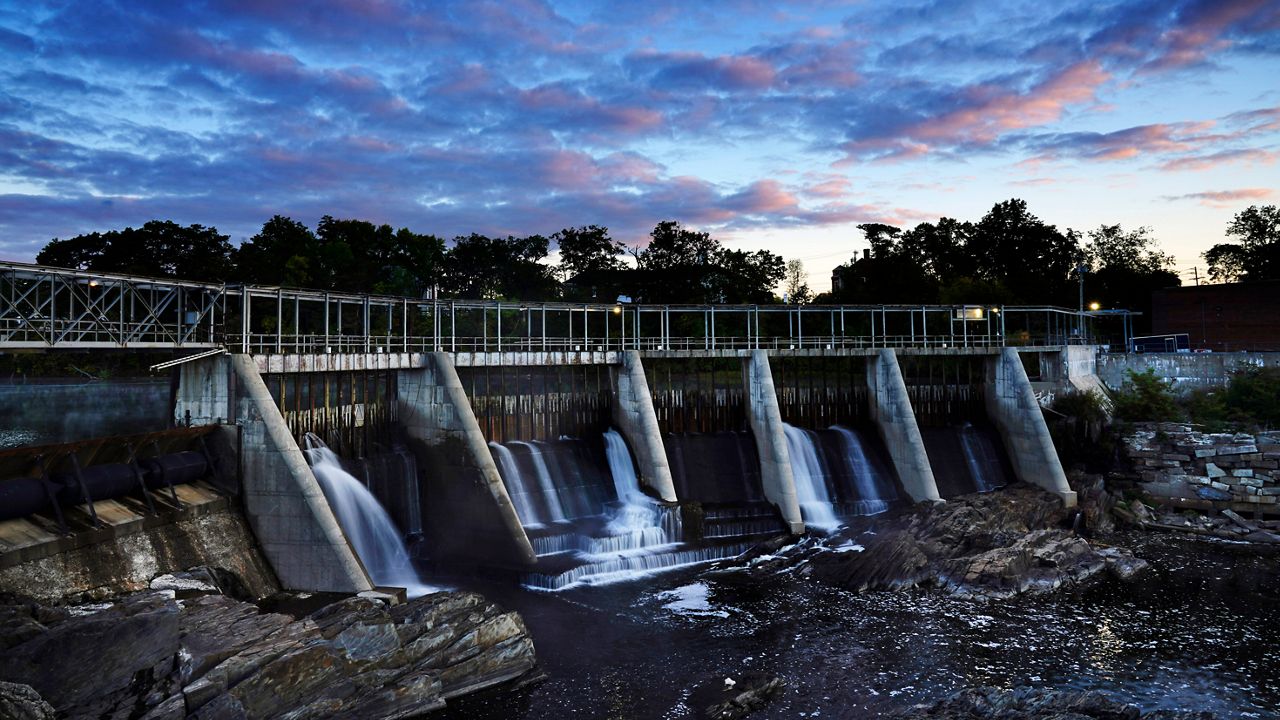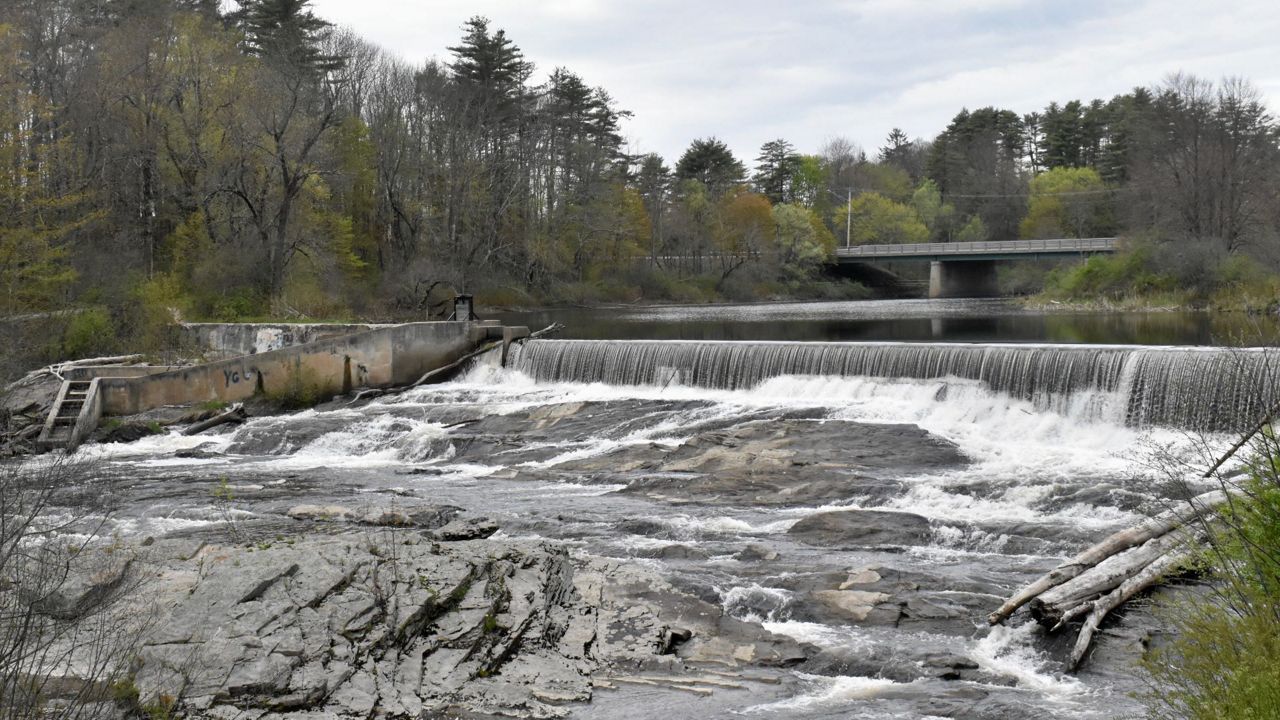AUGUSTA — Members of local lake associations say invasive aquatic species and algae blooms threaten local economies and an important part of what makes Maine, Maine.
This week, they asked the state to help protect the more than 6,000 lakes and ponds that the University of Maine estimates to have a total net economic value of $14 billion a year.
For years, lakeshore property owners have pooled their funds, asked for money from local towns, applied for grants and held various fundraisers to try to keep up with monitoring lake quality and treating them as needed.
But they told lawmakers Wednesday that they’ve exhausted their options and the state — which owns any lake or pond larger than 10 acres — must start to contribute in a meaningful way to keep water sources and popular recreation spots from turning “pea soup green.”
Katie Meikle, president of the North Pond Association, which advocates for North Pond and Little Pond in Smithfield, Mercer and Rome, said they’ve struggled with water quality in recent years.
“Sadly, our pond has suffered algae blooms for the past seven years,” she told members of the Legislature’s Environment and Natural Resources Committee. “In addition, last summer, a significant infestation of the invasive aquatic plant curly leaf pond weed was discovered at the northern end of the pond.”
Meikle was one of several lake association leaders to testify in support of LD 296, a bill that proposes to invest $4 million over two years in a fund to restore and protect lake quality.
Rep. Bill Bridgeo (D-Augusta) brought the measure forward as a follow up to a bill he sponsored last session that requested $2.5 million. Ultimately, that amount was cut to just $200,000.
On Wednesday, Bridgeo said Togus Pond in Augusta has suffered in recent years with algae blooms that made the water hazardous for people and pets.
“People were desperate for some state help to enable an expensive state-approved alum treatment to be applied over a two-year period to address the problem,” he said.
It has since been treated and will likely qualify for state funds to help cover the cost of another treatment, Bridgeo said.
And while that’s good news for Augusta, one alum treatment can cost upwards of $200,000, which means there might not be funds for other projects statewide.
Susan Gallo, executive director of Maine Lakes, said the need will only grow in the coming years.
“The clean lakes we enjoy today will need even more protective action in the future to stay clean, clear and blue,” she said. “We have climate change impacts that are putting our lakes at risk, we have more phosphorous going into the lakes, we have warmer waters.”
For the Natural Resources Council of Maine, protecting lake water quality is “as much of an economic issue as it is an environmental issue,” said Luke Frankel, a staff scientist at NRCM.
He explained the continuing threats to water quality, naming development, aging septic systems, shoreline erosion and deforestation as key drivers.
“All these factors add excess phosphorous to the water that fuels invasive plant growth and algal blooms,” he said.
He also shared statistics from the Maine Department of Environmental Protection that show 123 lakes are at risk of algal blooms, 18 of which bloom often, 40 of which bloom sometimes and 65 that bloom rarely.
In addition, 31 lakes are listed as impaired under the Clean Water Act, he said.
“Now more than ever, it is crucial to continue funding projects that protect the water quality of our lakes,” he said.
Meikle said in addition to economic impacts, poor water quality diminishes the quality of life for those who enjoy the lakes.
“It’s hard to hold a family reunion or a gathering with friends when the lake is green and no one can swim,” she said.
The committee will hold a work session on the bill in the coming weeks.










